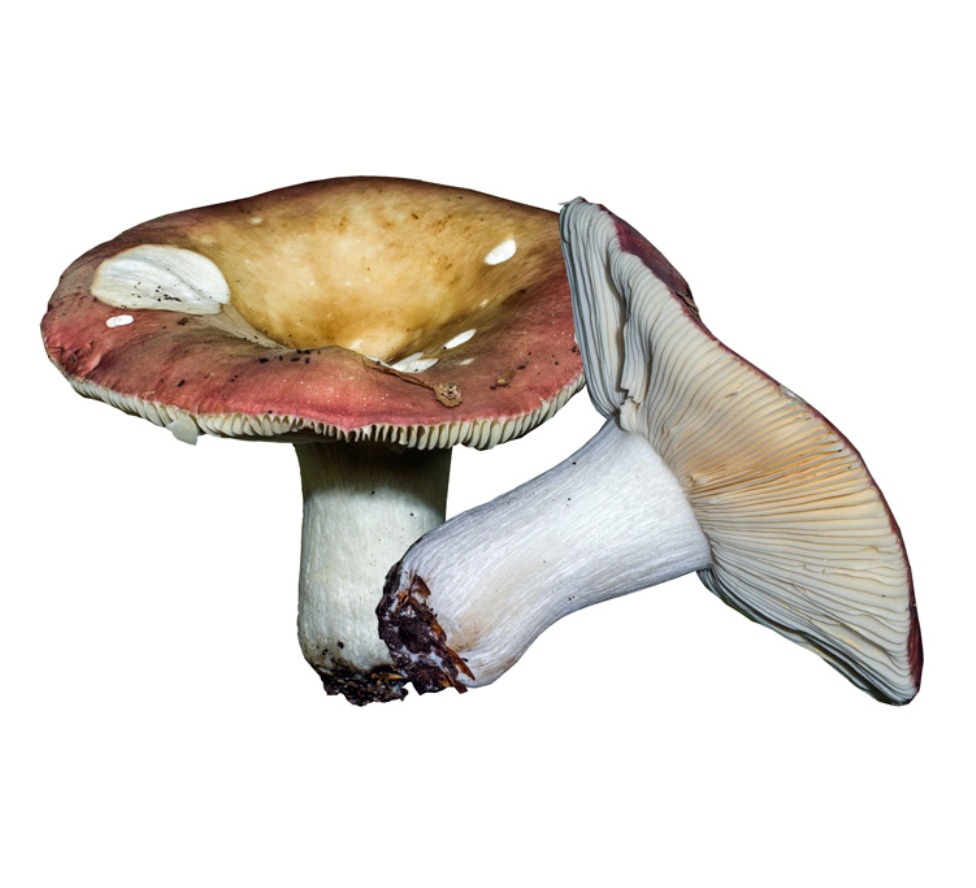Russula curtipes
Russula curtipes
The Russula curtipes (Russula curtipes F.H. Møller & Jul. Schäff.) Is a basidiomycete fungus belonging to the Russulaceae family.
Systematics –
From the systematic point of view it belongs to the Eukaryota Domain, Fungi Kingdom, Phylum Basidiomycota, Class Basidiomycetes, Russulales Order, Russulaceae Family and therefore to the Genus Russula and to the R. curtipes Species.
Etymology –
The term Russula is the diminutive of red rússa: red, due to the prevailing color of this genus. The specific epithet curtipes comes from short cúrtus and pes foot, base, stem, stem; for the short stem.
Geographical Distribution and Habitat –
Russula curtipes is a fungus that grows mainly in beech forests. Fruits in the period from summer to autumn.
Recognition –
It is recognized by the hat of 5-12 cm in diameter, first convex, then flat with slight central depression. The cuticle is vinous red or brown red or Indian red with nuances and yellowish in the center, it is not separable, opaque and glutinous in damp and dry conditions with a dry environment.
The lamellas are fragile, dense, adnate, creamy and brownish to the touch.
The stem is stocky (4-6 x 1-1.5 cm), very short compared to the diameter of the cap (hence the name), white, with brownish maturity at the base.
The meat is white with a slightly fruity smell and a sweet taste.
At the microscope, warty, reticulated, white mass spores can be seen.
Cultivation –
Russula curtipes is not a cultivated mushroom.
Uses and Traditions –
The Russula curtipes is a species close to the Russula romellii Maire, but different, harder, of mahogany or rosewood, with a slightly paler or slightly olive center. Due to the rain it can also appear in patches of reddish-purple-ocher color.
It is an edible mushroom.
Preparation Mode –
This Russula can be prepared like other edible species of its kind, both raw and cooked in various ways.
Guido Bissanti
Sources
– Wikipedia, the free encyclopedia.– Cetto B., 2008. The mushrooms from life, Saturnia, Trento.– Pignatti S., 1982. Flora of Italy, Edagricole, Bologna.– Conti F., Abbate G., Alessandrini A., Blasi C. (ed.), 2005. An annotated checklist of the Italian vascular flora, Palombi Editore.
Attention: Pharmaceutical applications and food uses are indicated for informational purposes only, do not in any way represent a medical prescription; therefore no responsibility is assumed for their use for curative, aesthetic or food purposes.


